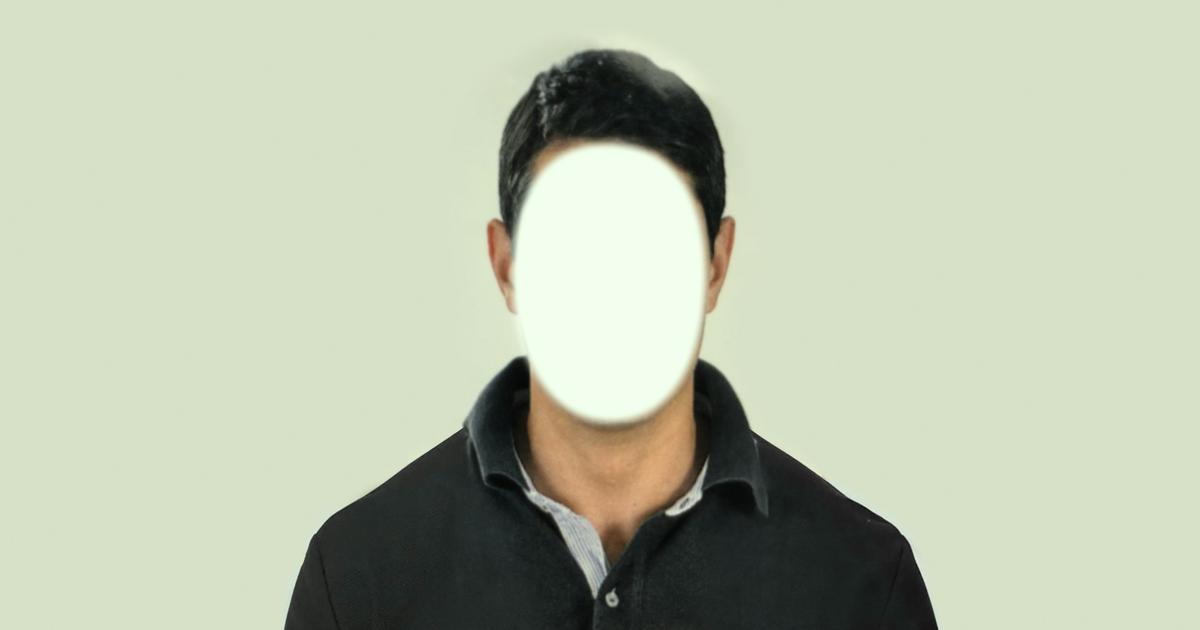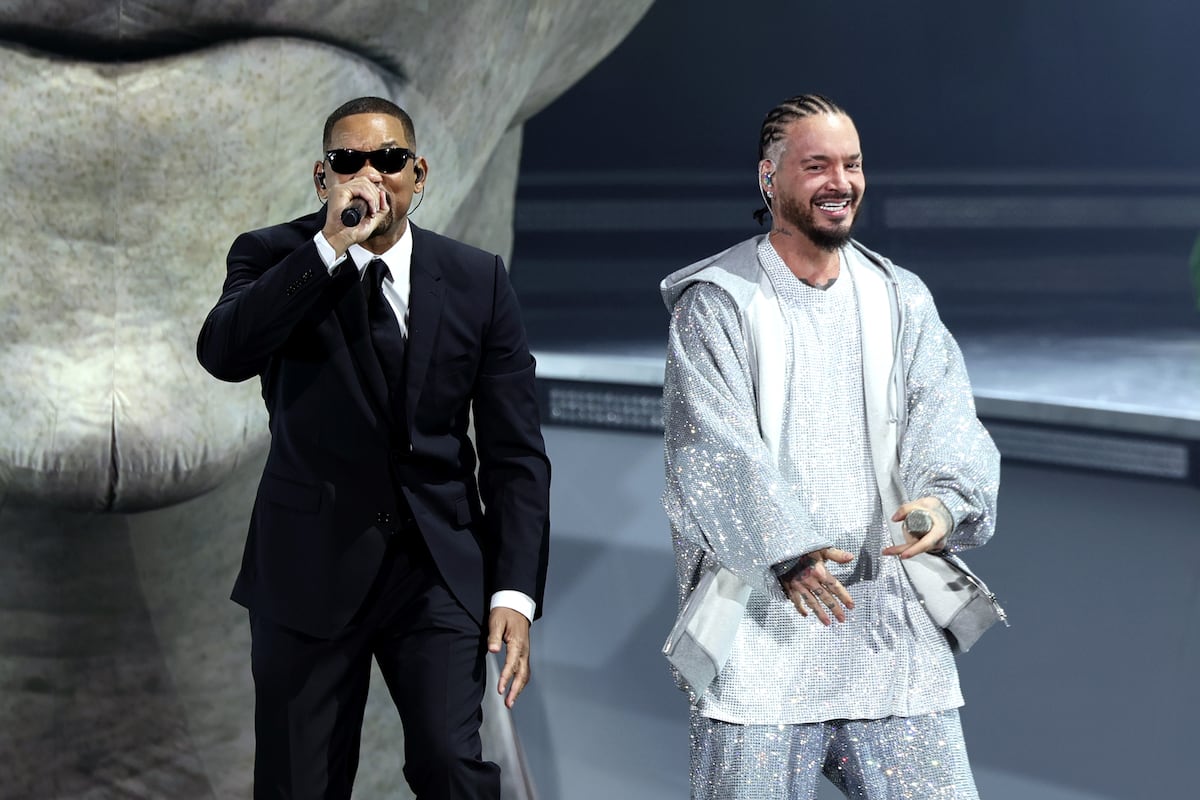In the Kunsthalle München, visitors can see art that is bursting with sensuality, but also contradicting itself.
“Fantastically real” is the seemingly contradicting signal that the Kunsthalle München sends out to lure visitors into the new exhibition.
And she underlines this confusion with René Magritte's painting “Die Rache” (1938/39) on the poster and catalog.
This picture-in-picture has nothing to do with retribution;
even the little clouds that break out of the interior painting really don't seem vengeful.
Sure, the Belgian paints realistically, we can "read" every detail effortlessly - nevertheless, none of what is shown may not be right at all.
It has nothing to do with reality.
It is precisely this fact that Magritte teaches us: Everything is a sign that people design and that could perhaps stand for something else or just for itself. Brooding art that is bursting with sensuality.
Kunsthalle München: "The Intrigue" by James Ensor is one of the most famous pictures in the exhibition
Belgian Modernism from around 1860 to 1960 has a pronounced tendency towards this;
At least that is the thesis on which the team of curators Nerina Santorius and Herwig Todts based their conception.
They illuminate them with 130 paintings, graphics and particularly outstanding sculptures.
This was made possible through the collaboration with the Royal Museum of Fine Arts Antwerp (KMSKA), home to the largest James Ensor collection in the world.
Since it will be renovated and expanded until September 25, 2022, many plants were allowed to travel.
+
One of the most famous pictures from the exhibition in Munich: James Ensor's “The Intrigue”.
© Hugo Maertens
Among them are icons of art history such as Ensor's “The Intrigue” (1890), such as various Magritte's, Paul Delvaux's work “The Pink Ribbons” (1937), which fits in perfectly with the still current sexism debate, and such as the “Dockworkers of Antwerp” (1885 ) by Constantin Meunier.
He staged him somewhat larger than life as a casually self-confident, slightly antiquated guy, without the clumsiness of socialist realism.
"Fantastically real": Exhibition in the Kunsthalle Munich
Besides these celebrities, there are plenty of discoveries to be enjoyed. The witty accentuating exhibition design by Martin Kinzlmaier also contributes to this. Since the presentation program ranges from the Historicism of the Antwerp Academy to the varieties of Impressionism, “The Soul of Things” (Symbolism), the “World of Work” to the “Paths of Expressionism” and “Surrealism”, visitors can indulge in many different optical expressions. The common thread is (mostly) the mysterious. The Belgians even charge simple motifs with a mood that we can intuitively grasp before we can name them as precise. Even a dead ray in the straw (from Ensor, 1880) can make you think. Not to mention the pensive violinist in his modest room; an arrangement of a portrait,Interior and still life, which Alexander Struys tellingly called “Maybe!” In 1873.
+
Connected to the earth: Constant Permekes “Vesperzeit”.
© Hugo Maertens
Of course, during these 100 years the artists grappled with all currents - between Japonism and Art Brut - and tested their potential.
That makes the show even more attractive for us, because we feel completely at home in a comprehensive European art cosmos.
You enjoy the special, but you know about the relationship.
Troubled Landscapes (1898, Eugène Laermans) are reminiscent of Marianne von Werefkin's strategy;
Ensor's light-flooded (almost abstract) expulsion from Paradise (1887) to William Turner and Franz von Stuck's “Guardians of Paradise”;
Frits Van den Berghe's creepy “Blossoming Tree” (1930) to Max Ernst's surreal growths and Edmond Van Dooren's “Machine Song” (1945/49) to a completely unleashed “Metropolis” setting.
In addition to the wild, the weird and the abysmal, there is also the silence: idyllic towns in the evening light, elegiac women at the window and stairs in cozy houses - but what is lurking behind their doors?
Most recently, the Munich Art Gallery exhibited photos by Erwin Olaf.
The exhibition “Fantastisch real” runs until March 6, 2022, daily 10 am-8pm (089/22 44 12).
The catalog costs 32 euros.




/cloudfront-eu-central-1.images.arcpublishing.com/prisa/YA6MI345RZGQ3JARKXEAUOFQPA.jpg)








